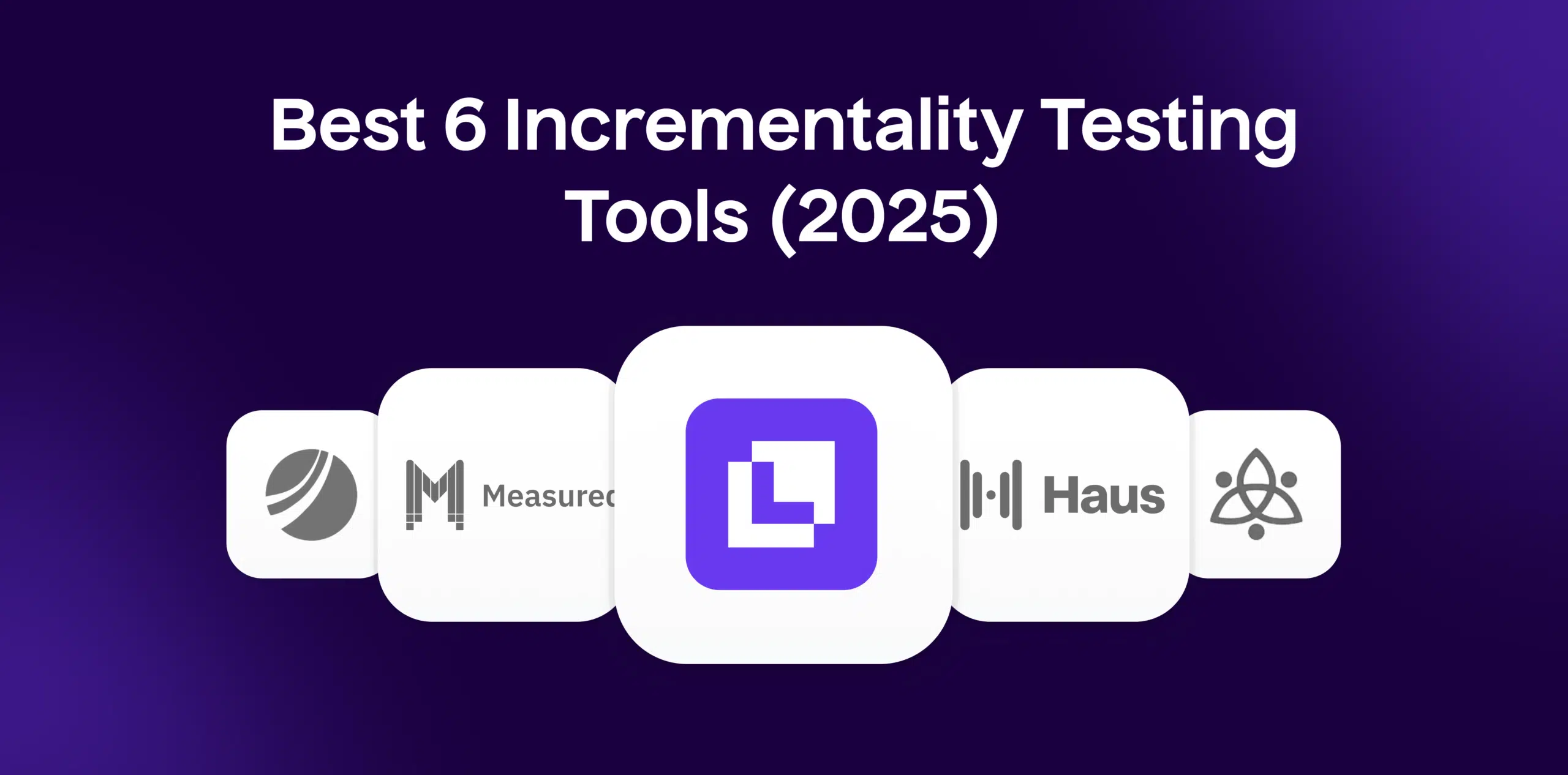What is Cost Per View?
Cost Per View (CPV) is an online advertising pricing model that allows advertisers to pay for video ad views. In the context of online video advertising, a view usually refers to a user watching a certain portion of the ad – typically at least 30 seconds – or interacting with it.
Formula
Cost Per View (CPV) = Total cost of the campaign / Total views or interactions
Example
If an advertiser pays $500 for 1000 views on a video ad, the Cost Per View CPV would be $0.50.
Why is CPV important?
In the world of ecommerce, Cost Per View (CPV) is crucial as companies shift towards video advertising. With CPV, companies can measure the effectiveness of their video marketing efforts, ensuring they are getting a positive return on their investment. Understanding CPV helps businesses optimize their marketing budgets, directly targeting their core audience and increasing engagement.
Which factors impact CPV?
Several factors impact the Cost Per View (CPV), which include demographic targeting, geographic location, quality of the ad content, and competition in the advertising space.
How can CPV be improved?
Improvement in Cost Per View (CPV) often includes better targeting, creating more engaging content, or optimizing ad delivery times. Testing different ad variations and bidding strategies can also massively impact cost per view.
What is CPV’s relationship with other metrics?
Cost Per View (CPV) can be correlated with other significant ecommerce metrics, such as Cost Per Acquisition (CPA), Cost Per Click (CPC), and Conversion Rate (CR). By coordinating these metrics, companies can understand how much they pay for each view, each click, and each new customer acquisition, allowing them to make informed decisions about marketing expenditure.
Free essential resources for success
Discover more from Lifesight
























































